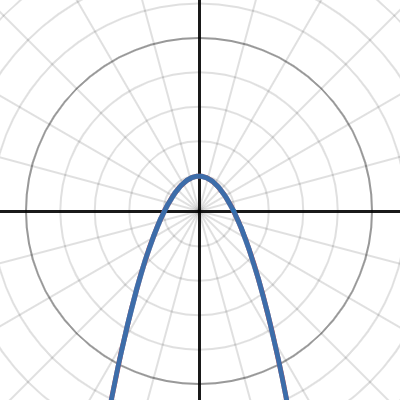allegansveritatem
Full Member
- Joined
- Jan 10, 2018
- Messages
- 962
The instruction is to find an equation in x and y that has the same graph as the given polar equation. The given equation is:

I rendered this in to the language of x and y thus:
Also, because of the way my calculator wants polar equations to be input into the graphing facility rendered the given polar equation into a form where there is only one r in the equation and it is singular with no exponents and positive as follows:

So...what did I do here that got me two such different graphs from expressions I thought were equal?
I rendered this in to the language of x and y thus:

Also, because of the way my calculator wants polar equations to be input into the graphing facility rendered the given polar equation into a form where there is only one r in the equation and it is singular with no exponents and positive as follows:

So...what did I do here that got me two such different graphs from expressions I thought were equal?




